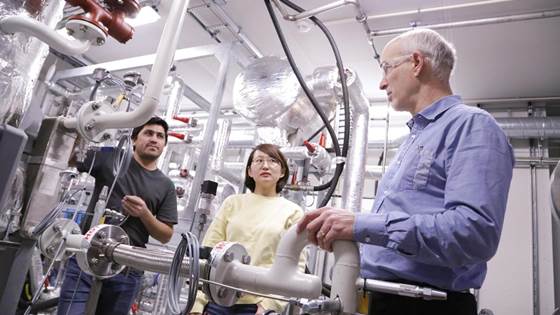
Norwegian tech sends climate ripples across Japan
Ten million CO₂ heat pumps for water heating sold – an environmental win with Norwegian roots

Ten million CO₂ heat pumps for water heating sold – an environmental win with Norwegian roots
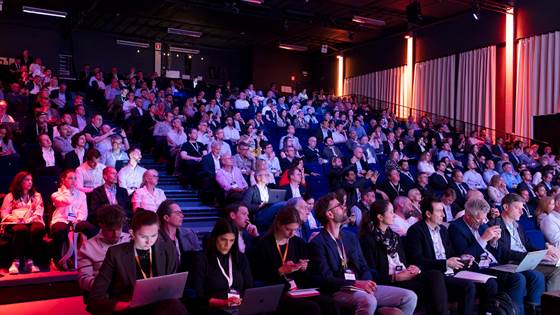
Biochar has significant potential to contribute to decarbonising industry and achieving our climate goals. By adopting a lead organising role at the 2025 Biochar Summit in Brussels, SINTEF Scientist Kathrin Weber aims to help that potential be...
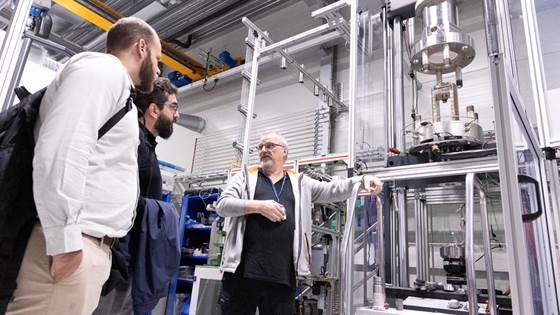
On 17 June, two representatives from Brazilian petroleum company Petrobras visited SINTEF’s Macro-scale Mechanical Test Laboratory near Trondheim.
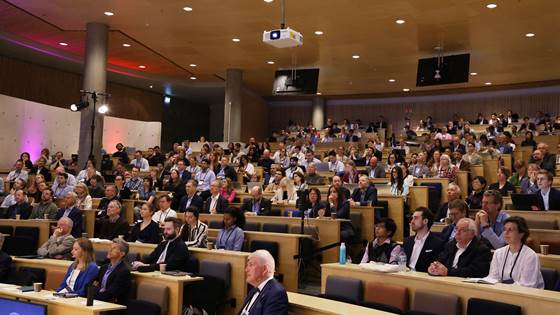
From 17–19 June 2025, nearly 500 experts from 31 countries gathered in Trondheim for the 13th Trondheim conference on carbon capture, transport and storage (TCCS-13). Coinciding with the launch of the Norwegian full-scale CCS Longship project, the...

When the goal is that Norwegian fish farming should increase fivefold by 2050 and use at least 25% Norwegian-produced feed ingredients by 2034, we must look at new ingredient sources.

It can take up to 200 years for damaged marine environments to fully recover by just stopping the destruction and leaving the ecosystems to themselves. That is why we must implement active restoration interventions.
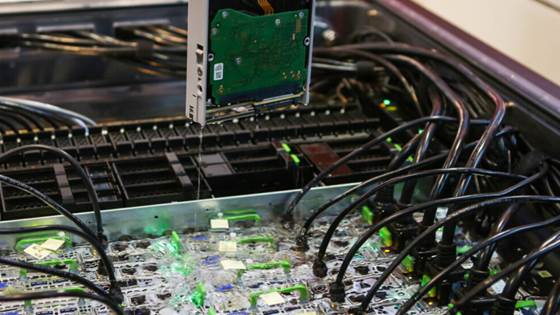
The need to cool down computers eats into the world’s energy consumption. By using liquid instead of air, we can save large amounts of energy and at the same time produce heat.
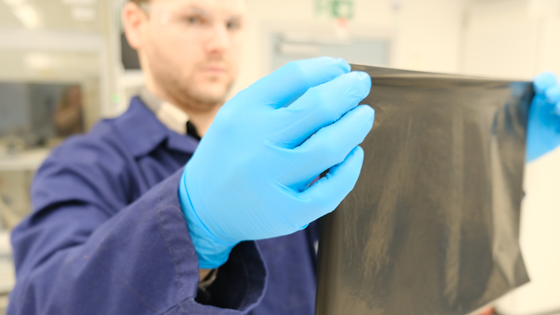
A new membrane technology – so light and thin that it makes an A4 sheet of paper feel like thick cardboard – has been created in the hydrogen laboratory.
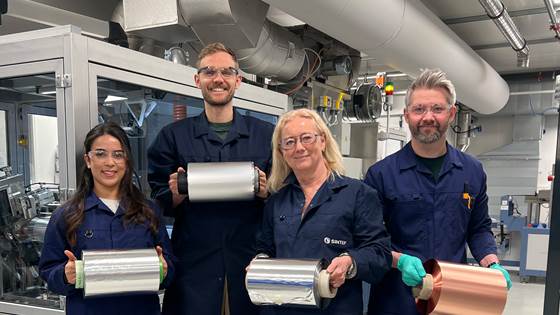
The Battery Technology group at SINTEF has achieved a milestone in producing high loading electrode rolls with sustainable materials. An important step upscaling the production of new battery cell technology.
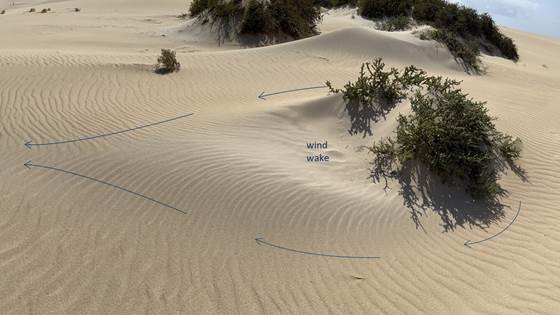
The wind’s sweep across desert sand provides important information in the hunt for methane gas leaking from oil platforms. Researchers have now applied this knowledge in the hunt for the climate change driver methane.
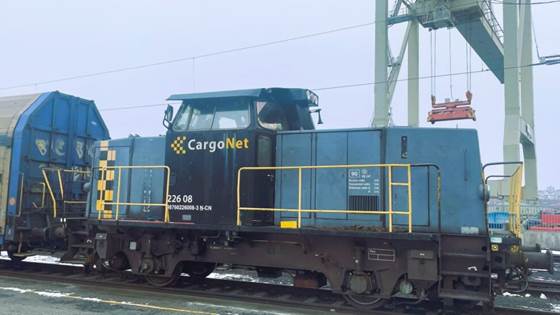
Locomotives that run on diesel can be electrified. This would both cut CO2 emissions and significantly reduce overall energy consumption, according to a new study.

How do you find and catch something that lives in open water and is so small, at 2-3 mm, that it almost goes "under the radar"? These are some of the challenges fishermen face, when catching the copepod Calanus finmarchicus.

The food industry has to get moved up on the priority queue. Otherwise, it will be impossible to achieve the government’s goal of Norway becoming more self-sufficient in sustainable salmon feed.
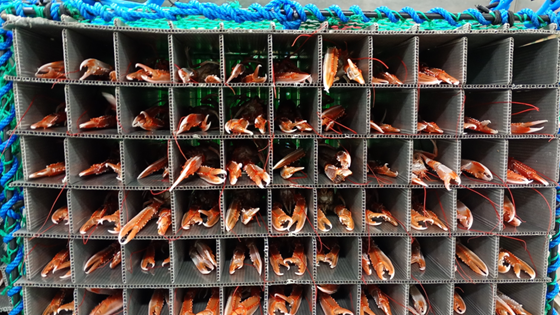
Only five percent of small fishing boats chill their catch on board, despite the fact that temperature plays a crucial role when it comes to quality and shelf life.
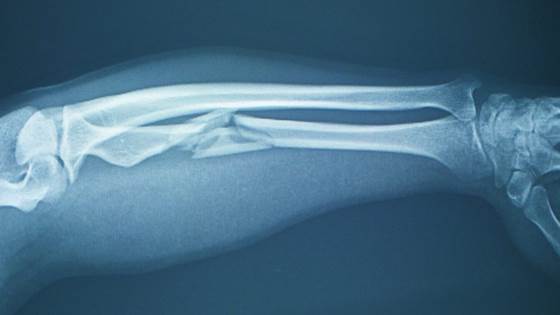
AI has become a tool that more and more people are using to create both text and images. But AI can also help a pressured healthcare system.